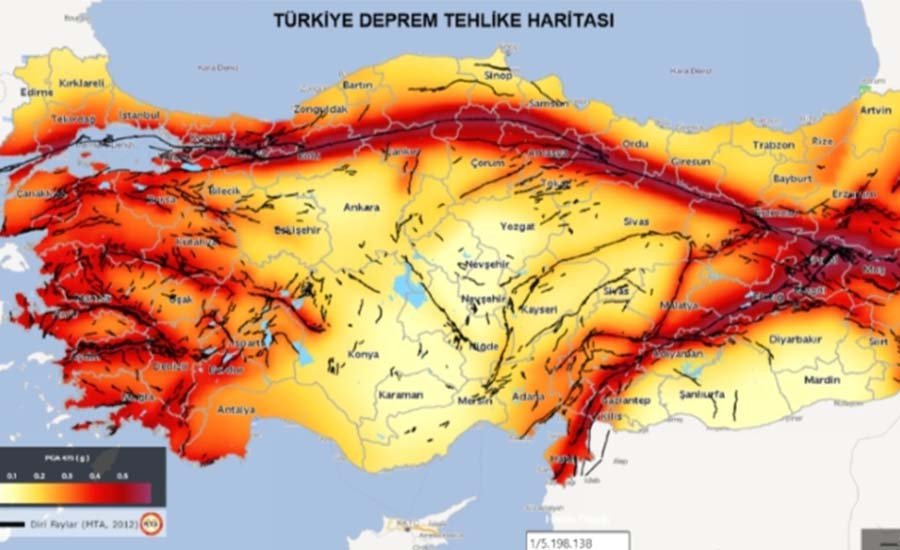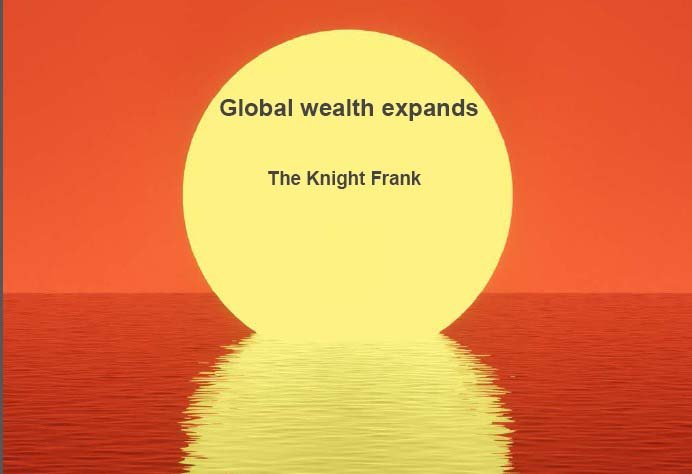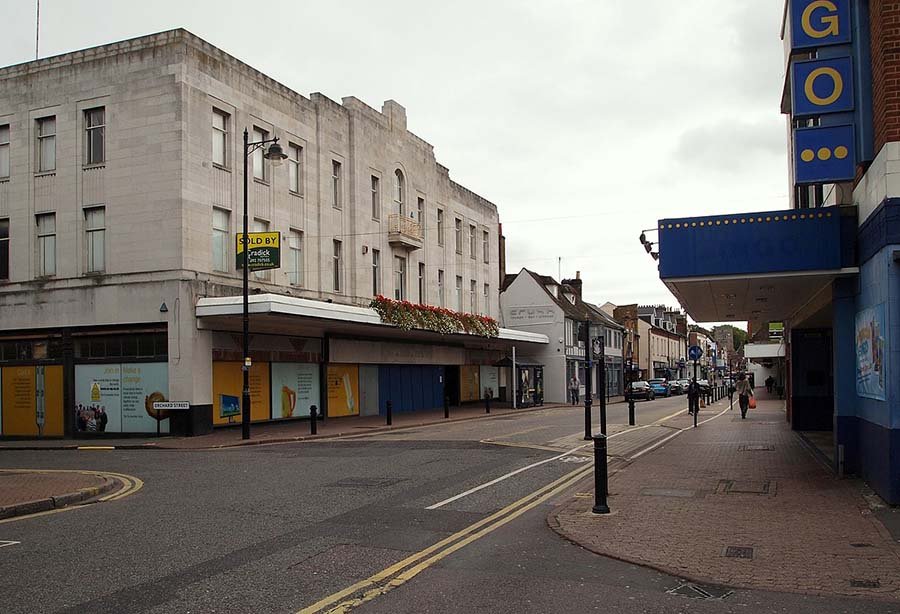читайте также
 New housing rental rules in Greece
New housing rental rules in Greece
 Turkey at the Epicenter of Seismic Risk: 100 Earthquakes a Day
Turkey at the Epicenter of Seismic Risk: 100 Earthquakes a Day
 Global Wealth Map: The U.S. Maintains Leadership, Asia Strengthens Its Position
Global Wealth Map: The U.S. Maintains Leadership, Asia Strengthens Its Position
 Money Transfers to Georgia Increase: USA, Italy and Russia Lead
Money Transfers to Georgia Increase: USA, Italy and Russia Lead
 Londoners no longer want to buy property outside the city
Londoners no longer want to buy property outside the city
 Housing in Bosnia and Herzegovina: prices, yields, and risks in 2025
Housing in Bosnia and Herzegovina: prices, yields, and risks in 2025
Housing Shortage Meets Buyer Apathy: Contradictions of the Israeli Market

In the first quarter of 2025, the Israeli housing market shows signs of a potential shift, with hints of a possible price decline, according to Buyitinisrael, citing a report by Dun & Bradstreet. Despite persistent supply shortages, developer competition is increasing, land prices at government tenders are falling, and strict regulatory measures are in effect.
The market shows mixed dynamics. Since late 2024, transaction volumes have been on the rise. In December 2024, new home purchases increased by 65% compared to the same month in 2023, while the secondary market rose by 25.5%.
Yet compared to 2022, the market has not fully recovered—total transactions remain 6% lower. Analysts attribute the temporary spike to panic buying due to anticipated VAT hikes, prompting hasty purchasing decisions.
Dun & Bradstreet highlights that falling land prices seen in recent tenders may signal a trend reversal. Tightening credit conditions also play a role. Previously, popular payment models allowed buyers to pay just 10–20% upfront and the remaining 80–90% upon project completion—enabling purchases with minimal capital and no verified creditworthiness. The Bank of Israel has since restricted such schemes in projects where over 25% of buyers delay the majority of payments until key handover, significantly reducing the appeal of these arrangements.
Construction delays further complicate the picture. In 2024, only around 53,000 units were completed—down 12.3% year-on-year—despite 182,000 under construction. The average construction period reached 34.3 months. A shortage of skilled labor remains acute: many foreign workers lack training, while logistical hurdles and rising labor costs stall completions.
Meanwhile, home prices keep climbing. From December 2024 to January 2025, prices rose 7.7% compared to the same period the year prior. This puts pressure on households: over the past decade, mortgage payments nearly doubled, while wages rose just 32%. “In practice, buying an apartment in Israel is increasingly out of reach—even for dual-income families,” the report states.
Amid mounting unaffordability, many Israelis are turning to rentals. In Q4 2024, average rent was ₪4,817 (≈$1,360), up 5% year-on-year. In Tel Aviv, a 3-room apartment costs ₪6,967 (≈$1,960) on average; a 4-room, ₪8,584 (≈$2,420). Rents are rising across major cities, driving inflation and limiting the Bank of Israel’s ability to cut interest rates.
Globes also highlights the market's paradox. Despite slowing sales, Israel’s inventory of unsold new apartments hit a record high. As of early 2025, the national average stood at 78,000 units—enough to last over two years at the current sales pace.
The oversupply is most evident in central Israel. This imbalance, coupled with weak demand, may force developers to reconsider pricing strategies, especially in overheated locations. Tel Aviv alone has 9,263 unsold new apartments, Jerusalem 7,489, Bat Yam 4,130, Ramat Gan 3,565, and Netanya 3,489.
In Kiryat Ono, 1,550 units remain unsold, while only 16 are sold monthly—an eight-year clearance horizon. Ramat Gan would take four years; Ra’anana 3.5 years; and cities like Ashdod, Netanya, and Beit Shemesh over two years.
Overall sales remain sluggish. In January–February 2025, just 2,200 new homes were sold monthly—down from 3,100 in 2024. Alongside tighter lending standards, analysts point to falling affordability. As Globes notes, models like 20/80 masked systemic overleveraging and artificial affordability.
In Israel’s north and south, the market is more balanced. In Be’er Sheva, Netivot, Ofakim, and Kiryat Bialik, housing stock matches demand—largely thanks to state-subsidized programs. But in key hubs like Tel Aviv, Jerusalem, and Ramat Gan, inventory is piling up faster than it’s being sold.
D&B’s VP of Product and Data, Ronny Alpern, explained that developers face strict regulations, limited financing, and labor shortages—delaying completions and raising costs. Buyers, meanwhile, are burdened by high interest rates and costly mortgages, making homeownership an “increasingly unattainable dream.” D&B expects prices to stagnate—or possibly fall—by late 2025, once financial pressures ease and competition intensifies.





